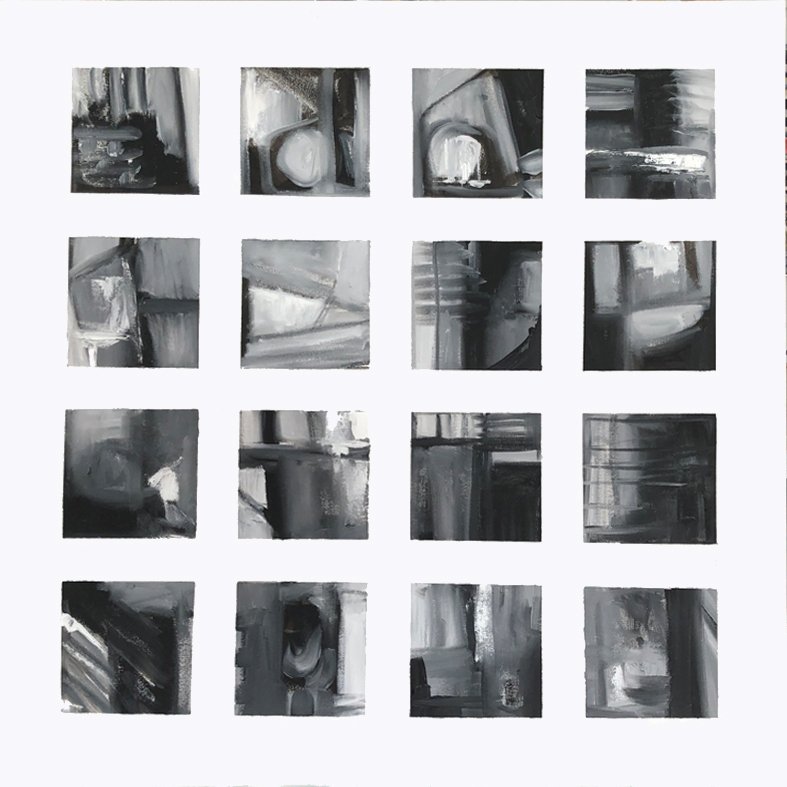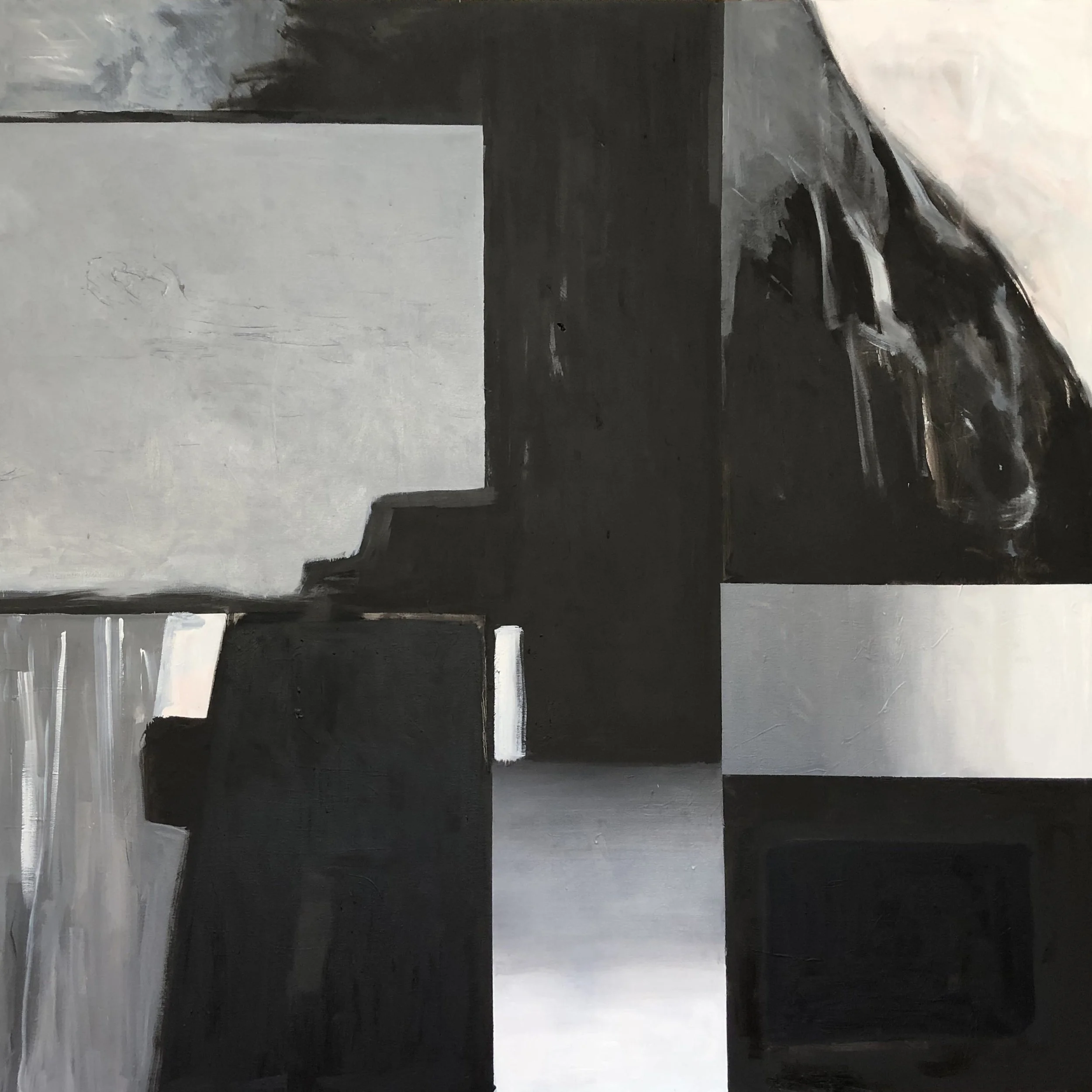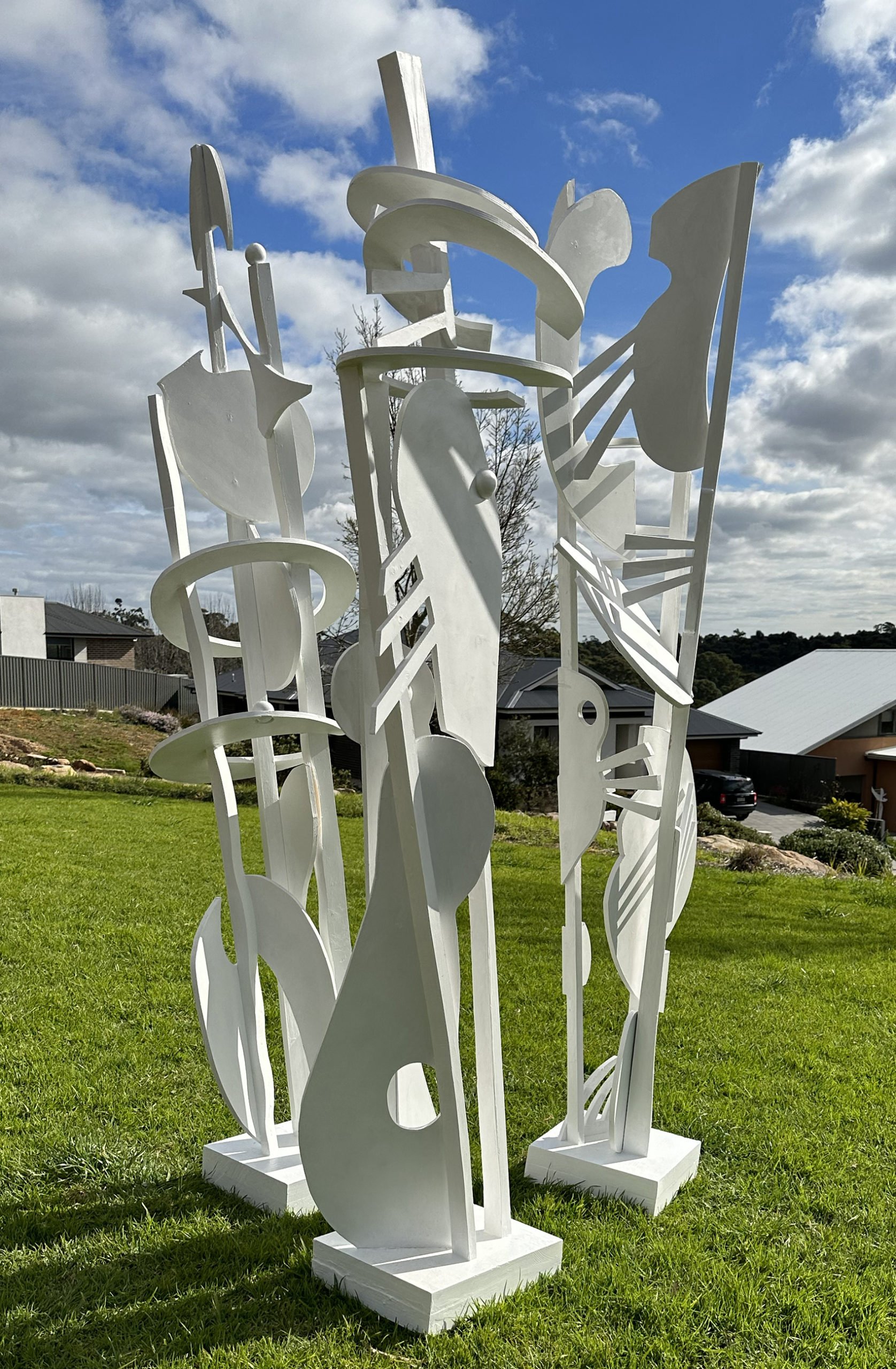Interview
Alan Todd
Upon graduation in 1972 from the Byam Shaw School of art in London studying painting, Alan emigrated to Australia and has lived in Adelaide ever since. He built the Vanilla Sky studio and workshop seven years ago in the Adelaide hills and exhibit continually in solo and group shows. He has explored many mediums from welded steel in 80’s to painting, photography and film making. He also spent thirty years as an artistic director of his own contemporary dance company, creating full length dance works. Many of these debuted at the Adelaide Festival and were then toured. Artistic director encompassed all aspects of creative control. He has always written and read extensively, particularly about art. Several novels have been published and a weekly article on some aspect of art appears on his website each week. An extension of this has been a You Tube channel featuring critical thinking and interviews with artists.
What is your background and how did you start your journey in the art world?
“I have been working as an artist in a variety of mediums since the 1960’s, when I attended a London art school. While some artists identify with a specific medium, it is the idea and ongoing thematic exploration that drives my work. The idea comes first and then I look for a medium through which to express it. This has included paint, wood, metal, film and the movement of bodies in space as artistic director with my dance company Lift Dance Theatre. Working with theatre spaces allowed for not just choregraphed movement but the essence of installation through the construction of environments in and through which dancers could move. A constant theme was the individual and society. I have always read extensively, particularly about art, and write articles on a weekly basis about all aspects of art practice which are published on my web site.”
What inspires you?
“Inspiration as a term suggests to me a momentary response to stimuli rather than a considered philosophical approach over a period of time. While there were undoubtedly moments of inspiration, each work builds upon the previous ones and followed themes laid down half a century ago. I have never been concerned with movements in art, art theory or the pretensions of popularity but whatever the medium, the underlying idea and impetus has remained constant. In a direct sense, I’m always drawn to pattern and repetition and tend to work in series where both are present and explored extensively. What is of importance is perception. That doesn’t mean that art holds up a mirror to nature but that anything could and should be of interest from an unusual shape, to a piece of crushed paper, to pavement reflections after rain, to cracks in walls, to skies darkening with the approach of a storm, to seagulls circling, to leafless trees in winter to say nothing of the world above the downcast eye where clouds can be whimsical or threatening.”
What themes do you pursue? Is there an underlying message in your work?
“A recent series of painted works centred on a much-transfigured port facility from which all traces of its history had been removed barring the extensive concrete wharves and remaining mooring posts. It was the monochromatic pattern quality that impressed me at first and then whatever lay on the riverbed hidden from view. A further theme I have worked with over a long period concerns visual language. Essentially, language is a series of signs with agreed definitions even when those definitions shift in meaning and nuance with each generation. What recorded history tells us is that we have lost the means to understand much of the written language associated with sculptural and architectural remains and know little about the past or the lives lived by people before the last century. Cuneiform, for instance, wasn’t translated until the 19th century but even it deals only with kings and trade.
In the 21st century, written visual language is everywhere and millions of words are added to the ether each hour but much of it falls outside of actual communication and becomes simply noise. If there is anything to be learned it is that what passes between the lines is of greater import than the text itself. The sculptural series, Indicem, uses the idea of the ancient signpost wherein the translation of the instructions has been lost to time. Working with dancers taught me that body language and the syntax of bodies in space stands outside of history as a universal means of communication. This is not a language based solely in emotion but of movement capable of expressing ideas. Lottrio 2023 is trio of forms based upon the movement of a dancer. There is no depiction of a dancer as such just as there is no fixed placement or order of the three sections. Each time it is moved and re-erected it assumes a different identity just as a dancer is constantly on the move with the audience living moment to moment and unable to remember what the dancer did previously. Light plays an integral part in this piece to create the shifting outline and surface. I also cannot avoid an autobiographical element. The Conversations with my Father 2022 series of works, presented an ironic remembrance of the conversations we never had while he was alive. Much was never said. These works took the form of paintings, collages, drawings and sculptures.”
“I’m always drawn to pattern and repetition and tend to work in series where both are present and explored extensively. What is of importance is perception.”
How would you describe your work?
“I always refer to myself as an artist rather than sculptor or painter, a description that emphasizes ideas more than processes. Much of the recent work has been three-dimensional using both additive and subtractive methods but the resulting sculptures have been painted thereby negating a specific process description. Similarly, paintings often have a relief aspect where there is a physical presence to the surface. I paint on drawings and draw on paintings so categories related to one process or approach become meaningless. My preference for industrial materials such as commercial wood, glass and steel has led to site-specific installation but again, installation is a means to an end.”
Which artists influence you most?
“There is hardly an artist in history that hasn’t in some way influenced my thinking but the artists that interest me the most are those working with time and space rather than a static object. The shifting fragility of a Sarah Sze or the entropic madness of a Phyllida Barlow are one example as are the gardens designed by Noguchi. The constructed immediacy of a Louise Nevellson has elements of entropy and in many ways stands witness to a century of excess, wastefulness and inbuilt redundancy. Leonardo Drew in using the detritus of society follows a similar theme. The ‘temporary’ nature of the work of all of these artists is a response to the world we have created. The natural plays little part. Installationists interest me in that a constructed environment possibly combining physical objects, pathways, sound and image fully involve the audience in ways that a painting on a wall cannot. My own experience with theatre combined movement, light and sound defying explicit meaning and a theatre director such as Robert Wilson certainly influenced my thinking. Having lived through much of the latter half of the 20th century, I call myself a contemporary artist who relates to the approaches to art that followed modernism.”
What is your creative process like?
“Everything begins with drawing and much of the recent sculpture is indicative of both the way I see the world and how I transcribe it through drawing. Line plays a major role. As a sculptor, I may make a series of maquettes to explore materials and ideas but in the end I work intuitively. Intuition for me isn’t some magical and indefinable process but the constant reworking of stored memories, physical and mental actions, and the sort of understanding that only longevity as an artist can bring. The themes and ideas I established half a century ago are constantly reworked and it is only the medium that changes. Current work involves laser cutting and 3D printing but again, these are only tools towards an end.”
What is an artist’s role in society and how do you see that evolving?
“A cynical answer to the role the artist plays within society would be to provide investment fodder for the cashed-up buyers at Art Fairs and high-end galleries but that doesn’t account for the majority of artists working today. At various times art has been forced into a role of stabilising society through a specific style such as social realism, commemorating the rich and powerful and of lending voice to socio-political themes such as racism. However, for all of the commercialism prevalent over the last century, it is not the proliferation of art or its sale price that has mattered but its role as an outlet for the inherent creative impulse in human beings. Whether it is high art or low art doesn’t matter. If we are talking about society as humanity as a whole, society currnetly does not value art beyond its decorative or investment function and artists have increasingly been seen as of little value in people’s lives. Part of that problem has come from the widening gap between art and its audience where there are no longer any certainties as to what constitutes art. Paradoxically, art is everything and nothing. Essentially, we live in an age where artists work for themselves rather than having a function in society. This doesn’t mean art takes on a role as therapy for a dysfunctional world, but that art has become a prime means of personal expression with increasing numbers forming online art groups.”





